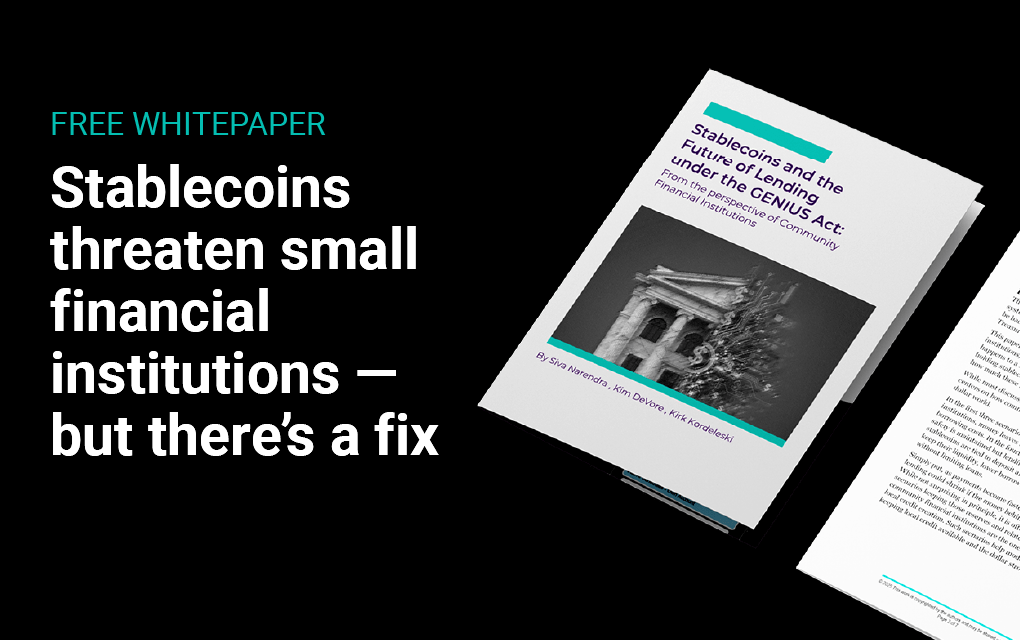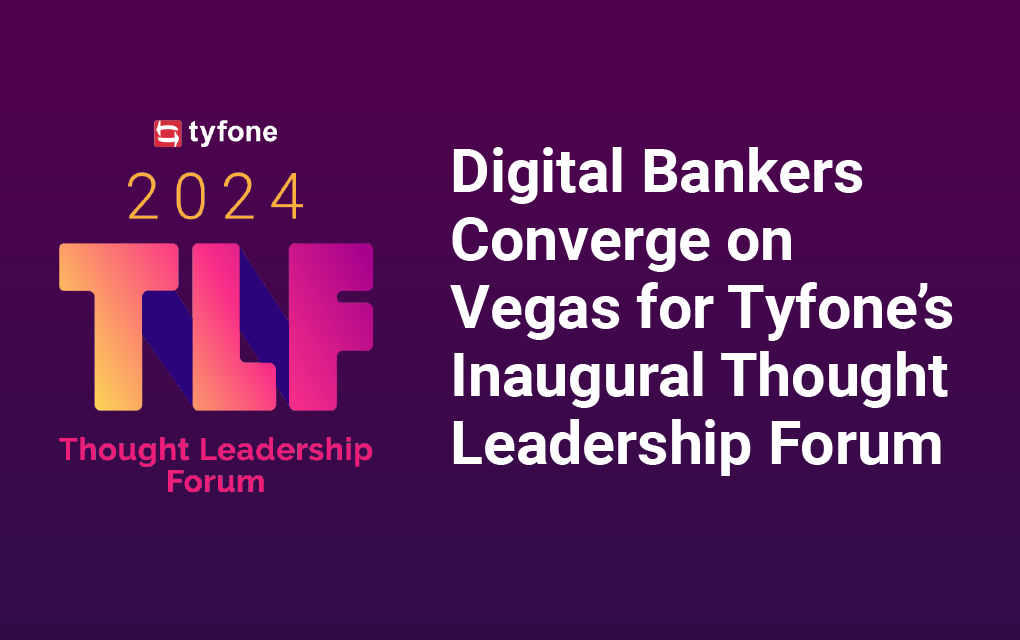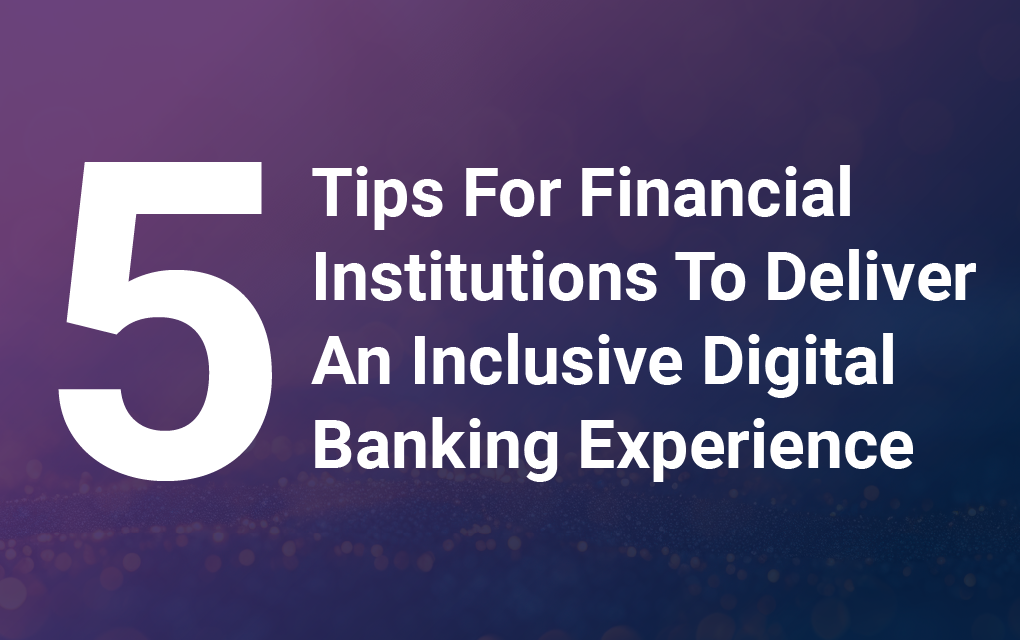Guiding Your Account Holders on Their New Digital Banking Journey
It’s generally accepted that, with a core data processing conversion in first place, a digital banking conversion is the second biggest technology project your financial institution will ever undertake.
There is, however, one big difference between a core conversion and a digital banking conversion. A digital banking conversion is by far the biggest accountholder-facing technology project your institution will ever undertake. In terms of direct member impact, a core conversion doesn’t even come close.
Maybe you’re wondering, so what?
The “so what” is that for your digital banking conversion to be viewed as a success, it needs to be viewed as a success by your accountholders. You can deploy the most amazing digital banking platform on the planet, but if your accountholders are ill-prepared for the change, the project could easily turn into a nightmare for all involved parties.
The biggest differentiator is the fact that unlike a core conversion, when you switch digital banking platforms, your accountholders actually have to do something. Maybe they’ll have to download a new mobile app. Maybe they’ll have to re-enroll in bill-pay. Whatever it is, you need to set expectations and ensure that your accountholders do their part.
One risk of under-communicating is that, as accountholders become savvier at spotting fraud, they may react unfavorably to any changes on your website they weren’t made aware of. Specifically, they may assume they’ve fallen victim to some sort of scam site, which, even at best, will result in an unnecessary call to your call center.
Worry not. At Tyfone, we’ve been through plenty of digital banking conversions with our partner-customers. We’ve seen what works and what doesn’t in terms of accountholder communication. Likewise, our friends at OMNICOMMANDER have also helped dozens of financial institutions guide their accountholders through a wide range of technology upgrades. This paper describes what we believe, based on our extensive combined experience, to be best practices surrounding accountholder communications.
Teams and Planning
Like any other major project, the best outcomes of your communication efforts result from the best plans. And of course, the best plans come from the best teams. That’s why it’s important that your marketing and communications department is included as part of the overall digital banking project team. Things can change quickly. If your communication team has its finger on the pulse of the project, they’ll be able to assess what impact any changes will have on your accountholders and how best to communicate those changes.
Your plan should consist of three phases:
Implementation. This is the period between the time the contract is signed and the time your new software is live and in production. Communication during this phase is critical because this is where you set expectations.
Go-live. Up to this point, accountholder communication has been mostly outbound. Now it flips to mostly inbound as accountholders call to have their questions, comments and concerns addressed.
Post Go-Live. Things will start to settle down in a week or two, but that doesn’t mean you should stop communicating.
It’s important that your communication plan engages all your employees. You don’t just want to have your employees knowledgeable so they can talk to accountholders about it; you want them to be excited about the conversion so they can convey that excitement to your accountholders.
Be sure, too, to consider your demographics and which channels work best for which segments. For example, a statement stuffer may be well suited for an older audience, while SMS texts may be ideal for a younger audience.
Implementation
For the sake of this discussion, implementation is the entire period between contract signing and go-live. And it’s essential that you communicate information about your digital banking conversion throughout the entire implementation. It can’t be stressed enough.
Don’t wait.
From a communication standpoint, treat your digital banking conversion just like any other formal marketing campaign. Sure, you’ll measure the success of this campaign differently from other campaigns, but the mechanics should be the same. You should employ all the same channels and tactics, whether they’re traditional or digital.
This is also a good time to consider new channels. For example, perhaps your institution doesn’t currently use video. A well-scripted, professionally produced video of your CEO explaining the upcoming upgrades can be an extremely powerful tool.
It’s important to characterize your digital banking conversion as an upgrade that will benefit accountholders. Likewise, you don’t want your message to be too technical. Speak in terms of “what’s in it for the accountholder.” To that end, don’t be afraid to include your messaging in public channels such as billboards or radio. That may be just the nudge non-accountholders need to explore your institution.
In short, do as much as your budget will comfortably allow, and then a little more. After all, a digital banking upgrade can be a game changer. There’s no single best way to communicate. Your success will be determined by how well you balance all the channels you have at your disposal.
It may seem at times that you’re over-communicating with your accountholders. You’re not. Because no matter how often you communicate with your accountholders, and no matter how many different channels you use for that communication, some percentage of your accountholders will get caught off guard by the change. That’s inevitable. However, the more you communicate, the lower that percentage will be.
Consider this, too. Which would you rather encounter (and which would you be more likely to encounter), an accountholder who complains that you communicated too much, or an accountholder who complains that you didn’t communicate enough? If you’re like most financial institution executives, you’ll agree that the former is more desirable and the latter is more likely.
Go-live
Your communication plan doesn’t end at go-live; it merely moves into a new phase. And while it’s true that much of this communication will move to from outbound to inbound, there’s still a certain amount of outbound communication that’s required.
Regarding inbound communication, it’s essential that you have as many communication channels open as possible for as long as possible each day. For example, if you’re converting on a weekend and your call center isn’t normally open on the weekend, you need to consider at least a temporary change. If you don’t take calls over the weekend, your call center will be inevitably deluged come Monday morning.
Likewise, if your call center is your only means of inbound communication, your digital banking conversion may prove the perfect time to add online chat. This could mean chat with a live agent, chat with an artificial intelligence/natural language processing system, or (preferably) both. The more communication channels you provide, the less likely any one of those channels will become overtaxed.
You should have plenty of static resources available, too. For example, an FAQ document can help reduce the number of inbound calls and chat sessions.
If you’re not doing so already, you should also start monitoring any digital channels where accountholders can leave reviews. This includes reviews of your new mobile app on Apple’s App Store or Google Play, as well as reviews of your institution as a whole on Google or Yelp, for example. This is yet another reason to keep as many communication channels open as possible: If your accountholders can’t communicate with you, they’ll most likely communicate their frustration via social media. And don’t be afraid to engage with negative reviewers as long as you do so in a very assistive manner.
Post Go-live
At this point, your messaging moves from “change is coming” to “change is here.” This is more than just changing a few words from your implementation messaging. For example, if you receive some particularly positive feedback from your accountholders, by all means, include those quotes in your post go-live messaging.
However, don’t just wait for positive (and negative) feedback to roll in. Have an after-action review plan in place for polling your accountholders on how well you did with the digital banking rollout. This could be as simple as a Net Promoter Score (NPS) survey or as in-depth as a full-blown outbound calling campaign. This will help you attain some extremely valuable information, as well as let your accountholders know that you’re interested in their opinions of your performance.
In Conclusion
Does this all seem a bit overwhelming? It can be, especially when you consider that your employees are likely to go through a digital banking conversion once or twice in their entire careers. Fortunately, there are experts available to help. Start with your new digital banking provider, but don’t be afraid to seek expert marketing help, either. The better you do at this, the more loyalty you’ll instill in your accountholders.
Does this all seem a bit overwhelming? It can be, especially when you consider that your employees are likely to go through a digital banking conversion once or twice in their entire careers. Fortunately, there are experts available to help. Start with your new digital banking provider, but don’t be afraid to seek expert marketing help, either. The better you do at this, the more loyalty you’ll instill in your accountholders.




